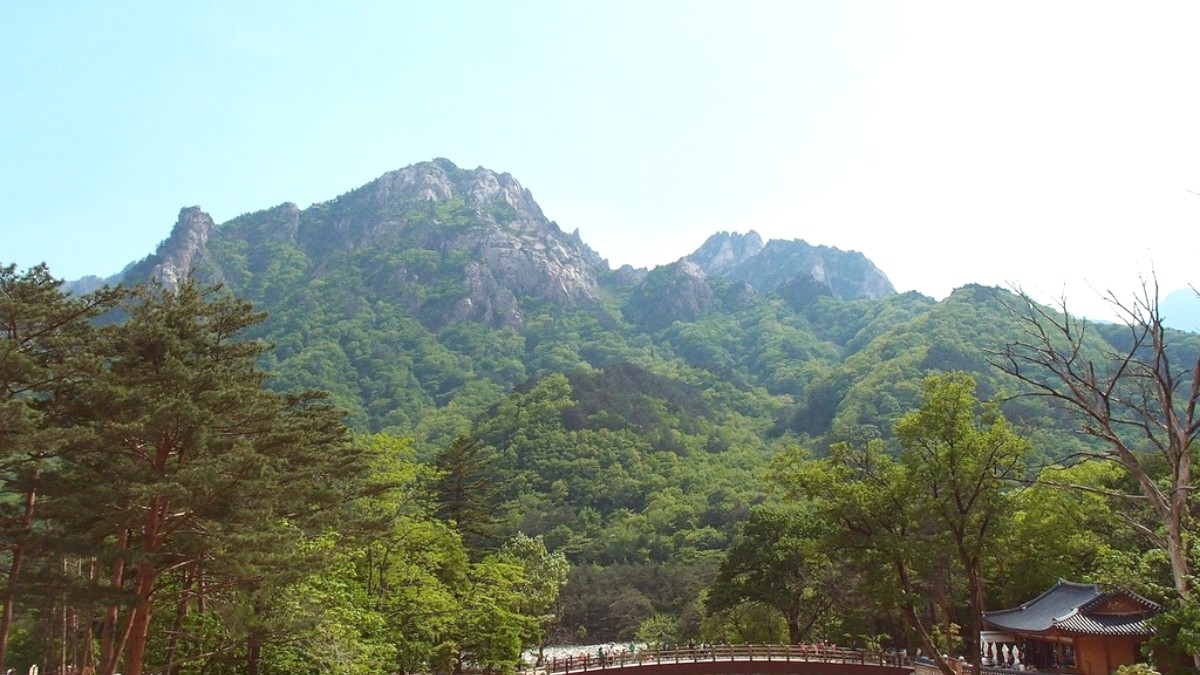
Gang Won Do, South Korea
Rice, kimchi, gochujang, doenjang, garlic, scallions, sesame oil, soy sauce, mountain vegetables, fresh seafood.
Kimchi, gochujang, and doenjang are staples.
A mix of spicy, savory, umami, and sometimes sweet notes. Fermentation deepens complexity.
Coastal and mountainous geography impacts ingredients, with abundant seafood and mountain vegetables.
Abundant due to the East Sea. Enjoy raw fish platters (hwe), grilled fish, and hearty seafood stews.
"Abai Sundae" (stuffed squid sausage) and Ojingeo Sundae are unique to the area.
Sweet and spicy crispy fried chicken, originating in the region.
Soft, silken tofu made with seawater, a specialty in nearby Gangneung that can also be found in Sokcho.
Often rice-based, similar to lunch or dinner, or simple options like toast or ramyeon.
Lunch typically 12:00 PM - 1:30 PM. Dinner 6:00 PM - 8:00 PM. Late-night dining for street food is common.
Experience the authentic flavors of Sokcho and Seoraksan.
Fish-shaped pastry, typically with red bean paste.
Rice cakes in various sweet, savory, and chewy forms.
Korean pears, apples, mandarins, grapes.
Sokcho presents a range of dining experiences for various tastes and budgets.
True fine dining is limited, mostly found within luxury hotels like Kensington Hotel Seorak or Lotte Resort Sokcho.
Abundant in Sokcho city, offering comfortable dining and local dishes.
Excellent for affordable and authentic dining.
Limited options, mostly cafes, bakeries, and some Western fast food or casual international eateries.
Largest traditional market, offering fresh produce, seafood, street food, and local specialties.
Seafood market where you select live seafood to be prepared immediately at an upstairs restaurant.
Discover seasonal fruits and vegetables from local farmers.
Numerous small bakeries and cafes provide baked goods and coffee.
Challenges with hidden animal products. Bibimbap (no meat/egg), vegetable kimbap, tofu dishes are options. Temple food is suitable.
Phrases like "고기 없이 주세요" (no meat) or "채식주의자예요" (vegetarian) help. Papago app aids communication.
Very limited to non-existent. Travelers with strict requirements may rely on self-prepared meals or fresh produce.
Soy sauce and gochujang often contain wheat. Fresh meat/fish (grilled without sauce), rice, and plain vegetables are safer. Communicate clearly.
HappyCow lists vegan/vegetarian restaurants, though outside Seoul coverage may be sparse.
Classes for Seoraksan or Sokcho cuisine are not common for tourists. Most Korean cooking classes are in Seoul.
Farm visits and food producer tours are less common directly around Seoraksan.
Choosing live seafood at Daepohang Port and dining at Abai Village offer authentic coastal and cultural dining.